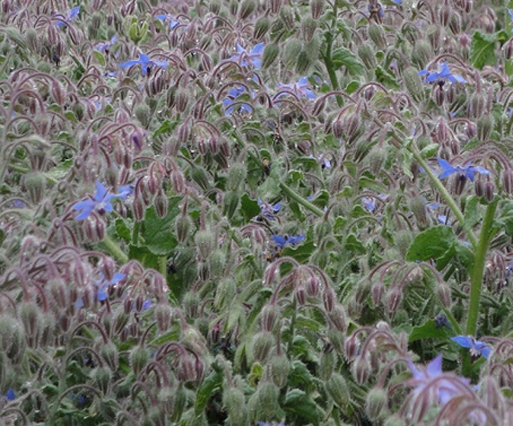INCI name: | Borage officinalis |
Part used: | Seeds |
Extraction method: | Cold pressing |
CAS No.: | 84012-16-8 |
Origin: | Australia ,China |
Appearance : | Pale yellow oily liquid |
Odour: | Borage oil characteristic odor and taste |
Relative Density(20℃): | 0.915~0.925 |
Refractive index(20℃): | 1.471~1.488 |
Acid value (mgKOH/g): | ≤2.0 |
Peroxide value(mmol/kg): | ≤5.0 |
Soap change value: | 185-195 |
The main fatty acid composition (%): | Gamma linolenic acid (C18:3) |
Borage,also known as a starflower, is an annual herb in the flowering plant family Boraginaceae. It is native to the Mediterranean region and has naturalized in many other locales.It grows satisfactorily in gardens in the UK climate, remaining in the garden from year to year by self-seeding. The leaves are edible and the plant is grown in gardens for that purpose in some parts of Europe. The plant is also commercially cultivated for borage seed oil extracted from its seeds. |  |